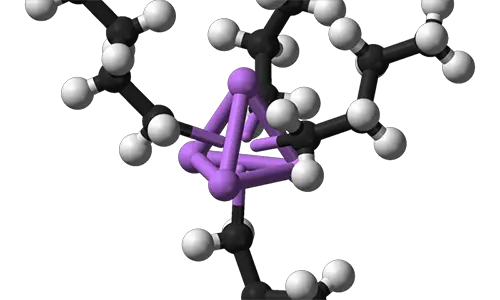All matter in this universe is made up of other tiny substances that act as building blocks. These blocks are analogous to the cells that make up the human body.
It is indeed fascinating to note that even substances as small as a grain of salt, maybe made up of millions of smaller entities. These are referred to as elements. The larger substances are called compounds.
The importance of compounds can be explained with help of a quote by Jean Baptiste in R.Desper, The Human Side of Scientists published in 1975.
“The chemical compounds are comparable to a system of planets in that the atoms are held together by chemical affinity. They may be more or less numerous, simple or complex in composition, and in the constitution of the materials, they play the same roles as Mars and Venus do in our planetary system, or the compound members such as our earth with its moon, or Jupiter with its satellites. If in such a system a particle is replaced by one of different character, the equilibrium can persist, and then the new compound will exhibit properties similar to those shown by the original substance”
1.A compound is substance formed when two or more elements are joined together.
A compound may be scientifically defined as a substance consisting of atoms or ions of two or more different elements in definite proportions joined by chemical bonds.
2.Compounds may constitute different bonds.
A chemical bond refers to an attraction between two atoms, holding them in place to form a chemical compound. The bond is a result of the electrostatic forces of attraction between the two atoms or their dipole interactions. Based on the cause of attractive forces, the strength of the bond and hence compound may differ. Bonds are thus classified into strong and weak bonds.
3. There are 4 major types of compounds: molecular, salts, complexes and intermetallic compounds.
Molecular compounds are also called covalent compounds as they are formed when elements share electrons via a covalent bond.Salts refer to ionic compounds that are made up of two oppositely charged ions called cations (positive) and anions (negative).Complexes are compounds formed from molecular entities having weak association with one another. They are more commonly referred to as coordination entities.
4.The scientific name of a compound is generally a combination of all its constituent elements.
The scientific method of naming chemical compounds is called nomenclature. Apart from the scientific name, compounds also have separate common names.
5. A compound has unique properties that are different from the properties of its elemental constituents.
6. Compounds are often confused with mixtures.
Mixtures are defined as chemical substances that are simply mixed rather than chemically combined. The chief difference between compounds and mixtures is that compounds do not retain the properties of elemental constituents while mixtures do.
7. All compounds are capable of existing as solids at sufficiently low temperatures and many others exist in other different states.
Compounds’ physical states may be generalized as follows:
Monotomic noble gases and small covalent compounds are gases at room temperature.
Medium sized covalent compounds or those consisting of an H bond are generally liquids at room temperature.
Large covalent compounds and ionic compounds are generally solids in room temperature.
8.Compounds may be classified as either organic or inorganic.
Organic compounds are made up of one or more Carbon atoms that play an important part in their structural and chemical properties. Inorganic compounds lack carbon atoms. The branch of science that deals with organic compounds is called organic chemistry.
9.There is a very specific order of listing elements present in a system. This is called the Hill system.
The Hill system involves writing a chemical formula of a compound by indicating the number of Carbon atoms first, followed by the number of Hydrogen atoms. The other elements are then listed in alphabetical order.
10.Some compounds are capable of producing color.
These compounds are referred to as coordination complexes. They absorb light of certain wavelengths thereby producing light of different wavelength.











Leave a Reply